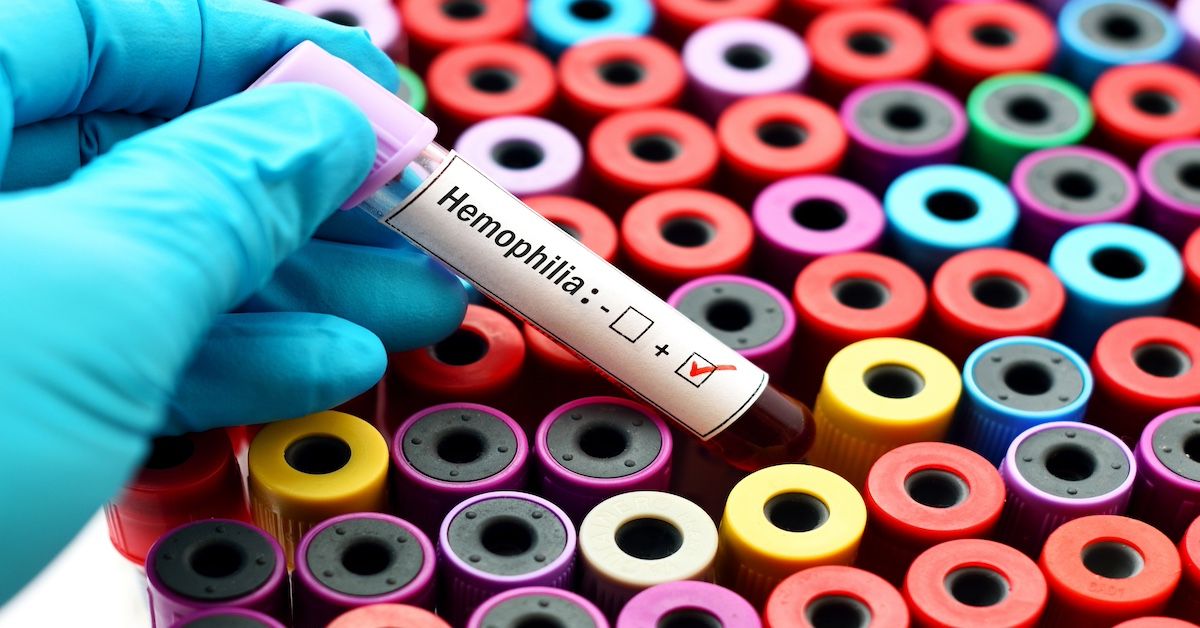News
Article
Plans for Pregnant Individuals With TTP Should Be Developed for Better Management
Author(s):
Pregnancy-onset thrombotic thrombocytopenic purpura (TTP) is a challenging condition with 3 distinct subtypes, which should be planned for in adults with a history of TTP.
Adults with a history of thrombotic thrombocytopenic purpura (TTP) require future pregnancy plans with a team of doctors who work in TTP, including obstetricians and hematologists. Learning about the 3 subtypes of TTP in pregnant women with a history of TTP could help manage pregnancy-onset TTP and offer personalized counseling or promising treatments, according to a study published in Blood Advances.
Rare cases of pregnancy-onset TTP, which can involve the hematological and neurological aspects of the body. About 10% of all cases of TTP are from pregnancy-onset TTP. The deficiency of ADAMTS13 is referred to as acquired TTP (aTTP) and is immune-mediated (iTTP) most often by anti-ADAMTS13 autoantibodies; unidentified pathophysiology (uTTP) makes up about 20% of cases whereas congenital TTP (cTTP) can make up between 24% to 66% of published reports of pregnancy-onset TTP.
This study aimed to understand what leads to the severe deficiency of ADAMTS13 during pregnancy and how TTP can affect diagnosis, management, maternal and fetal outcomes, and relapses in other pregnancies.
Blood cells | Image credit: abhijith3747 - stock.adobe.com

The retrospective observational study enrolled women who were presenting with their first episode of TTP during pregnancy from January 1, 2000, to September 30, 2020, who were enrolled in the registry of the French Reference Center for Thrombotic Microangiopathies. Women who had a history of TTP who were pregnant afterward were excluded. Follow-up, including future pregnancies, in the women were included. Blood was collected during the acute phase of TTP before treatment as well as during follow-up. The ADAMTS13 activity was also measured.
There were 108 patients who were enrolled in the study who had pregnancy-onset TTP, which made up 19% of all women who had TTP who were aged 18 to 45 years. This broke down to 52 patients with iTTP, 27 with uTTP, and 29 with cTTP. A total of 64 patients had their first episode of TTP during the first pregnancy whereas 44 had previously experienced a pregnancy before their first episode. The patients were primarily Caucasian (63.8%), with Afro-Caribbean (19.4%), and North African (14.8%) patients also included; the median age of the participants was 28 (IQR, 8) years.
A total of 53 patients experienced TTP during the third trimester and 17 post-partum whereas 13 experienced it during the first trimester and 25 during the second trimester. There was a 95% survival rate (95% CI, 90-98) in mothers but only a 75.5% survival rate in pregnancies. This was heavily associated with pregnancy terms, as patients who had TTP in their second trimester had the lowest fetal survival rate at 24% compared with 54.5% in the first trimester and 90.6% in the third trimester. Fever (25.9%), neurologic symptoms (46.3%), high blood pressure (26.8%), abdominal pain (38.9%), and acute kidney injury (40.7%) were the most reported symptoms. Patients with uTTP more often had high blood pressure and acute kidney injury.
All patients had a decrease in ADAMTS13. Plasma therapy was used in 88.6% of iTTP and uTTP patients, with either plasma exchange or frozen plasma infusions. Corticosteroids were used in 77.2% and rituximab was used in 38.0% of patients, most of whom were in the iTTP group (55.8%). However, 5 of the 7 women with iTTP who were given rituximab during pregnancy had fetal loss. The women who received caplacizumab after delivery had no reported side effects.
There was a median of 2 years (IQR, 7 years) for follow-up in patients with iTTP and uTTP. A total of 22.9% of patients with iTTP had a relapse and only 1 patient had a relapse of the uTTP and a development of anti-ADAMTS13 immunoglobin G. The 21 subsequent pregnancies in the iTTP patients had 18 pregnancies that did not relapse with 11 who were monitored regularly. The 2 patients with uTTP had no relapse in the 3 subsequent pregnancies. The cTTP group, which had a median length of follow-up of 6.5 years (IQR, 6.5), had no relapse of TTP outside of pregnancy. Of the 18 pregnancies reported subsequently, 12 pregnancies ended in no relapse and 14 reported prophylactic plasma therapy was used.
Learning to manage TTP in pregnant women can help to improve the survival rate of both pregnant women and their fetus. Patients with a history of TTP had a higher survival rate in their subsequent pregnancies due to this planning. The data in this study could help to manage TTP that arises during pregnancy as well as how to plan for subsequent pregnancies.
Reference
Béranger N, Coppo P, Tsatsaris V, et al; French Reference Center for Thrombotic Microangiopathies. Management and follow-up of pregnancy-onset thrombotic thrombocytopenic purpura: the French experience. Blood Adv. Published online December 1, 2023. doi:10.1182/bloodadvances.2023011972





